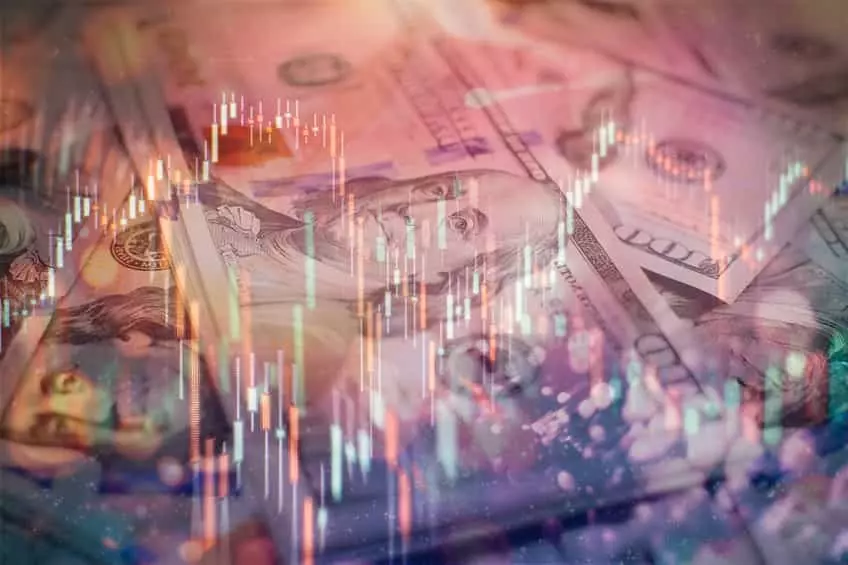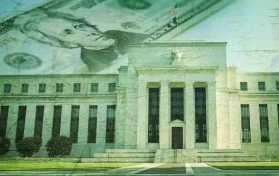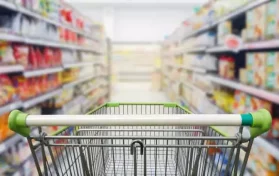
As consumer demand continues to remain strong and supply chain issues are unabated, the price of wholesale goods surged once again during February. On Tuesday, the Labor Department released data showing that wholesale inflation has reached ten percent when compared to this time in February 2021. When comparing from January’s producer price index at 1.2 percent, data shows that there is a slight slowdown in the rise of prices. For February, prices went up, but only by 0.8 percent.
When Refinitiv surveyed economists, these experts related that they expect producer inflation (wholesale prices) to grow by a whopping ten percent annually. On a month-to-month basis, economists believe the producer index will grow by 0.9 percent from the previous month.
Core inflation when measuring wholesale goods does not include the price of food and fuel. This measurement grew by 0.2 percent between January and February, and core prices have grown by 6.6 percent in a year-over-year measurement.
The prices for goods rose by 2.4 percent in February, but the price of services remained the same.
Last week, the Labor Department released its monthly report that showed consumer prices had risen by 7.9 percent in February. While this report showed – for multiple months in a row – that American consumers are paying a great deal more for vehicles, gasoline, and food, the report did not include data regarding the uptick in gas prices since Russian President Vladimir Putin invaded Ukraine.
A Washington Post op-ed claims that the skyrocketing inflation could lead to a Biden-era recession in America. The writer claims there are three things that could cause an economic recession, including
- a new COVID wave in China, which could cause more supply chain issues
- skyrocketing gasoline and energy prices
- the possibility of interest rate hikes at the Federal Reserve
This week, the Federal Reserve will be meeting as scheduled; the Fed is expected to raise interest rates as a means of helping to stifle raging inflation numbers. While Fed chair Jerome Powell has said that any rate hikes need to be done “humbly and nimbly,” it is possible that these rate hikes could have an adverse effect on the economy, at least in the initial period.
It is important to remember that for the last nine months, every Labor Department report has shown inflation at over 5 percent; therefore, the Fed feels increased pressure to take action in an effort to slow down surging prices. Raising interest rates has traditionally cut down on consumer spending as they nor businesses are taking out loans to add to spending capabilities.
While Powell has said that the Fed must hike rates in a careful manner, he has not ruled out an interest rate hike at each meeting of the Federal Reserve in 2022. He has hinted that rate hikes will be about one-quarter of a percent, but he hasn’t explicitly said he won’t consider a half-point hike if necessary.
Although the Biden Administration has doggedly blamed skyrocketing inflation on a number of factors, including Vladimir Putin’s invasion into Ukraine, the factors that traditionally spark inflation have been enmeshed in the American economy in the last year. First, strong consumer demand plus supply chain issues have plagued the economy all of 2021 and into 2022. However, some argue that an economy that recovered more quickly than expected during the pandemic as well as multiple government stimulus packages have compounded supply and demand issues.
Chief economist at LPL Financial Jeffrey Roach reminds Americans “next month’s (Labor Department) report will include the geopolitical shocks from the Russian invasion into Ukraine,” so financial experts believe there will be great volatility in the numbers for March.
While gas prices have been rising at warp speed since February 2021, the Biden Administration has brought in TikTok influencers to help promulgate the idea that outlandish gas prices are the fault of Vladimir Putin.





